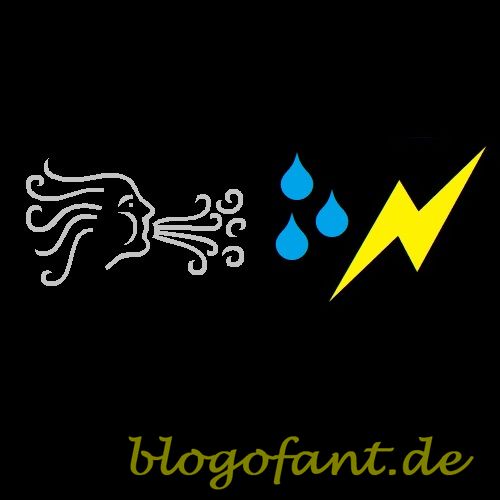Solar energy from solar power – so far so good. But at night? Darkness – no electricity. For this reason, there are only two options: storing energy, for example in batteries (keyword balancing energy) or transporting between two regions of the earth (model China). When it comes to transportation, China is currently planning to build a network between Australia, China and Africa in order to benefit from solar power around the clock. Due to these many regions, many time zones are included and electricity can be generated and supplied relatively continuously. However, these lines are expensive and the network losses during transport are considerable. For this reason, there are now new technologies, such as the liquid air batteries, which is presented in this article.
Conventional storage technologies for electricity
The wind is blowing, the sun is shining. More electricity is generated than is consumed. But this also leads to grid instability. For this reason, pantographs are urgently sought. In the simplest case, these are large batteries that store the electricity and release it when necessary. But the battery can also appear as a form of potential energy. Large pumps consume energy and pump water back into a reservoir. This is also a form of storage – if not as effective. In addition, reservoirs require a lot of space and cannot be built everywhere.
Liquid air battery as future technology
Liquid air batteries, on the other hand, may be new for many. The principle is simple: electricity is stored using liquid air. But what is liquid air? First, the air is compressed to 200 bar, which heats up. The temperature is lowered by a cooler and the air pressure rises to normal pressure. As a result, the air temperature drops considerably as well as due to further counter-flowing air. Part of the air liquefies as a result and has a bluish color. The temperature of the liquid air is -196 ° Celsius. The remaining non-liquefied air is compressed again and the process is repeated. The process comes from C. Linde.
Current Posts
- 10 last-minute vacation destinations for 20241. Kathmandu, Nepal Overview Kathmandu, the capital of Nepal, is … Read more
- 10 ways to wish Spaniards a happy birthdayBirthdays in Spain are celebrated with much warmth and joy, … Read more
- 10 ways to wish Swiss people a happy birthdaySwitzerland, with its rich tapestry of cultures and languages, offers … Read more
How do liquid air batteries work?
The superfluous energy is used to produce liquid air and to cool it down to -196 ° Celsius. The liquid air is then stored and stored in tanks. The battery (rechargeable battery) is de facto charged. The current draw happens in the opposite direction. The air is warmed up slightly so that it changes back to a gaseous state. This process expands the air 700 times, which can drive a generator that generates electricity.
A first plant in the UK delivers up to 250 megawatt hours of energy, which can supply more than 60,000 households. Another advantage is that the capacity does not decrease over the years (such as in lithium-ion batteries, such as those currently installed in cell phones). In addition, rare earths are not required for the power plant.
More about alternative renewable future technologies
In addition to liquid air batteries, there are other highlights such as the drop generator, which can generate electricity with a few drops.




